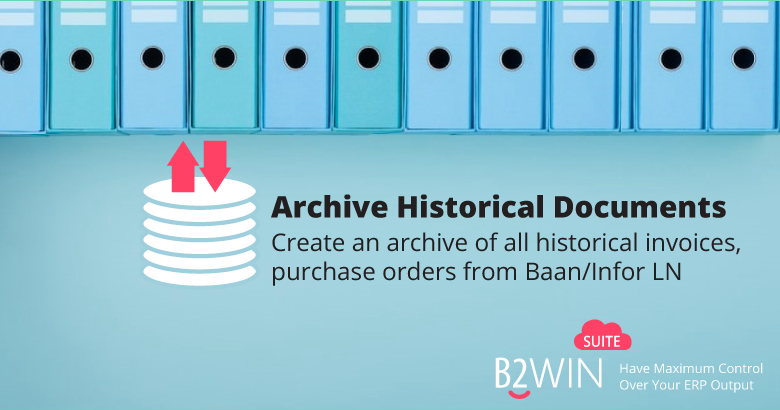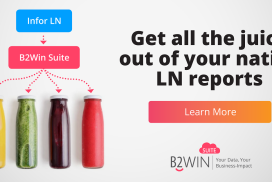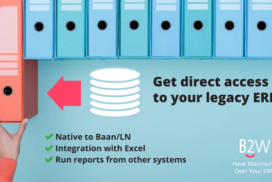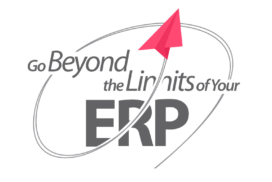This article focuses on a solution tool that allows companies to efficiently archive historical documents from their legacy ERP system to make old purchase orders, invoices, and other documents available even after migrating from the ERP system. We refer to a real story of a client company while using the nickname “Wectechny” to give an example of a possible use case.
Case – The Migration Process
Wectechny was migrating from Baan V to SAP. The process through which it needs to go is much heavier and longer than the sentence sounds. ERP system migration requires, on average, a year and a half to
- Adapt the new ERP system to current company procedures
- Train the staff members on using the new system
- Migrate data
This transition requires careful planning, strategy, and many resources.
In this article, we will focus on the need to archive historical documents from the legacy ERP system.
Which data is not transferred throughout the ERP migration process?
Companies usually migrate “static data” like items, customers, and suppliers. They also manually transfer “dynamic data” (which are the “open documents”) to the new ERP system (for example, open purchase orders, open sales orders, open invoices, etc..) However, companies rarely migrate the 20+ years of closed purchase orders, sales orders, and invoices from the old system.
What can happen if you don’t obtain these unconverted documents?
The challenges of losing access to data from your legacy ERP include
- Poor service to customers
- Lack of evidence when facing legal charges
- Failure to abide by the law
For example, if a customer approached the company asking for services concerning a product they bought 10 years earlier, how could the company help out if it had no documentation of that specific product and client?
This question points out companies’ need to ensure their possession of printouts for old and closed invoices before migrating to the new ERP system.
How?
There are different approaches to meet this need:
- Keep the legacy ERP system accessible and working for a limited number of users. This might be expensive since the company would keep paying maintenance fees.
- Assign a programmer who can extract data through ad-hoc coding. This would also cost the company unnecessary expenditures and time.
- Build a data warehouse for all your data to guarantee easy access to historical data. Guaranteeing access can be accomplished in many ways, and one of them is mentioned in this article: Accessing historical data in Baan after migrating to a new ERP system. Although such access is necessary, printing documents, in the exact same format like that of Baan, cannot be done after you stop accessing Baan as a live ERP system. Thus, it is advised to obtain such copies before you shut Baan down.
- Build a physical archive of paper printouts for the historical/ closed documents. Many companies already have such an archive. The downsides of this option are that undigitized archives are harder to search through, and the preparation and generation of thousands of printouts may take a very long period and a huge effort.
- Build a digital archive for digital printouts of the historical/ closed documents in a PDF format and store them in a Document Management System (DMS). This is by far the best option in terms of costs and quick data access. Yet, the preparation and generation of thousands of documents may still take a very long period and a huge effort if you do not already have an archive like this.
Imagine that each year the company had over 100,000 documents, and you are about to print all the documents from the past 25 years! Taking the fourth option may be your first step towards efficient document archiving, but you would still need to ensure an easy process of preparing and generating documents.
Consulting group recommendation
While migrating from Baan V to SAP, Wectechny’s consultants recommended that the IT team use the B2Win Suite solution to save time and money while archiving their historical documents.
By using B2Win Suite, Wectechny was able to create an archive of 2 million documents worth 25 years of purchase orders and 25 years of invoices.
It was done using B2Win Suite’s Smart Engine in the following way:
- Defining the integration with Ms-Sharepoint, a popular document management system, with additional meta-data from the purchase order needed for archiving.
- Running batches of historical purchase orders to B2Win Suite and creating a PDF file for each order. Each file can have a unique file name, for example – <purchase order number>-<supplier number>.pdf
- Each order will be sent to Sharepoint with its own meta-data.
This process was performed for all purchase orders, sales orders, and invoices from Wectechny’s last 25 years before migration! Sharepoint now includes all these documents, so from now on, if Wectenchy’s users need to access an old invoice or an old purchase order, they can simply search for it in Sharepoint and view the file, with no need to access the old ERP system.
This solution can be adapted to work with any document management system and not necessarily Sharepoint. It can also be used to create and archive documents to a DMS system on a daily basis.
If this solution seems like something you would need for your next step, contact us today!
To see NAZDAQ’s product for archiving historical purchase orders and invoices from Baan before migrating to new ERP system, please visit B2Data – B2Win Suite



